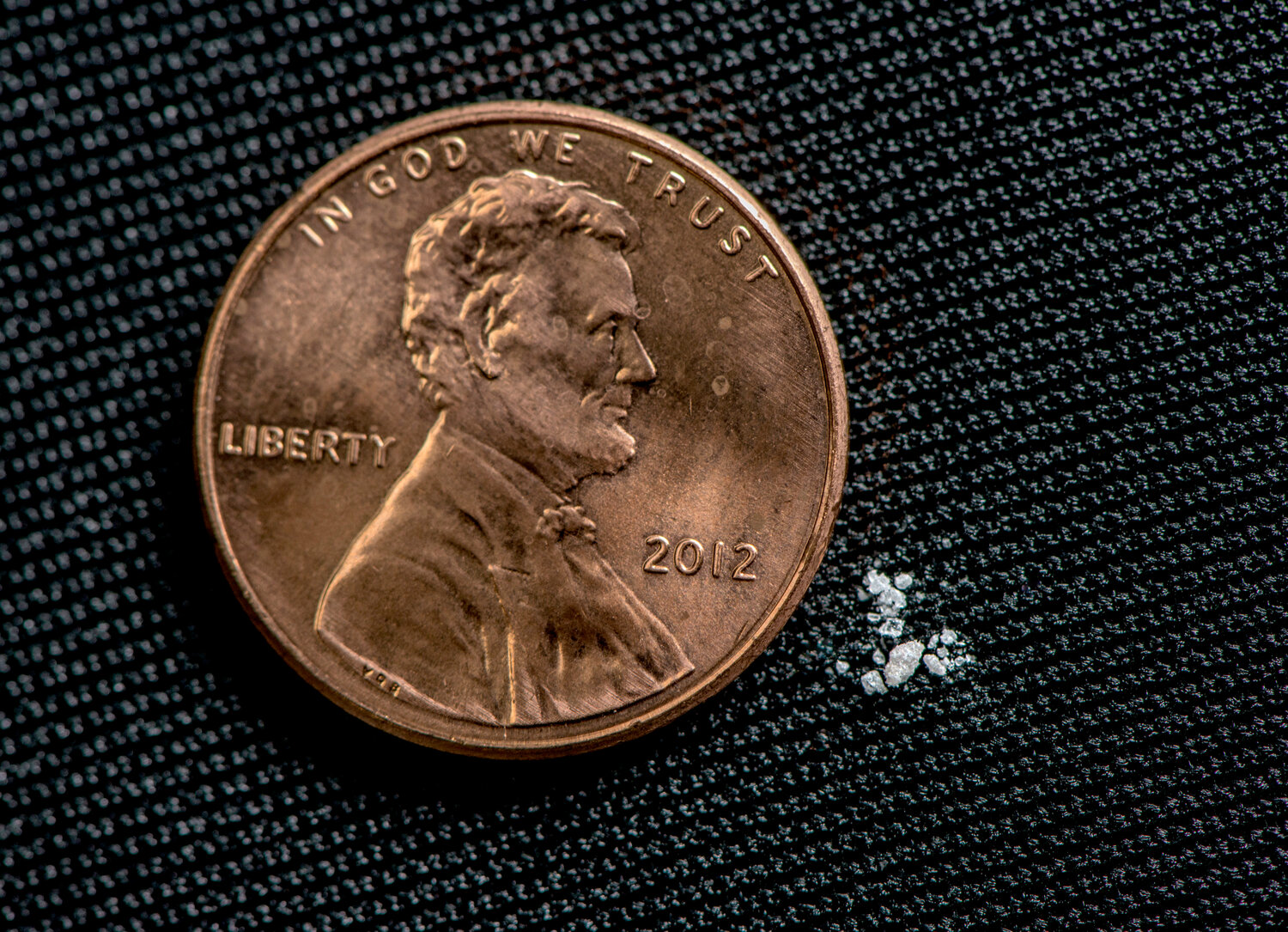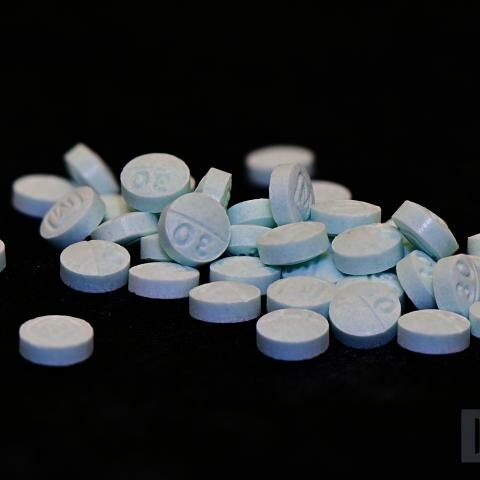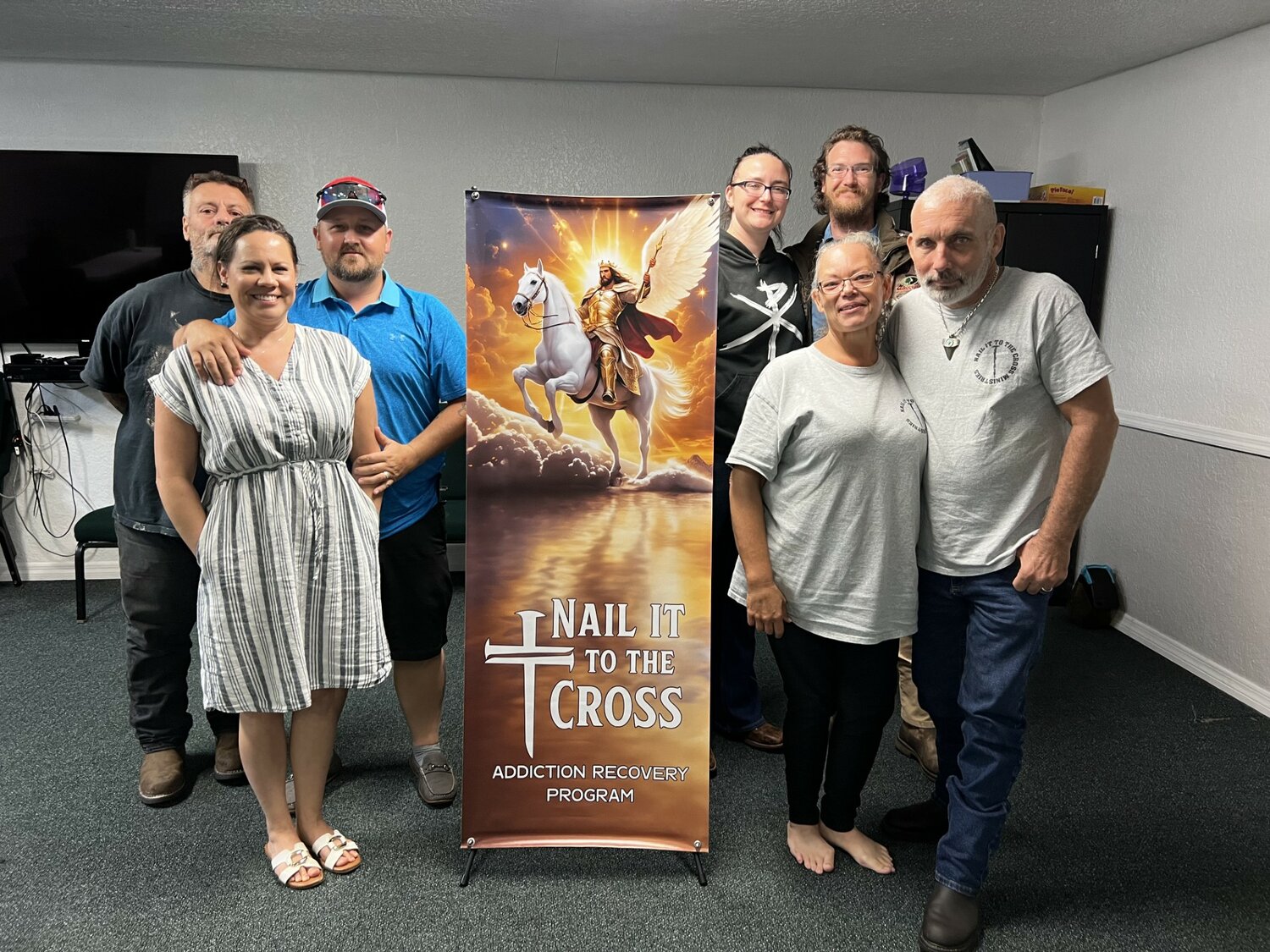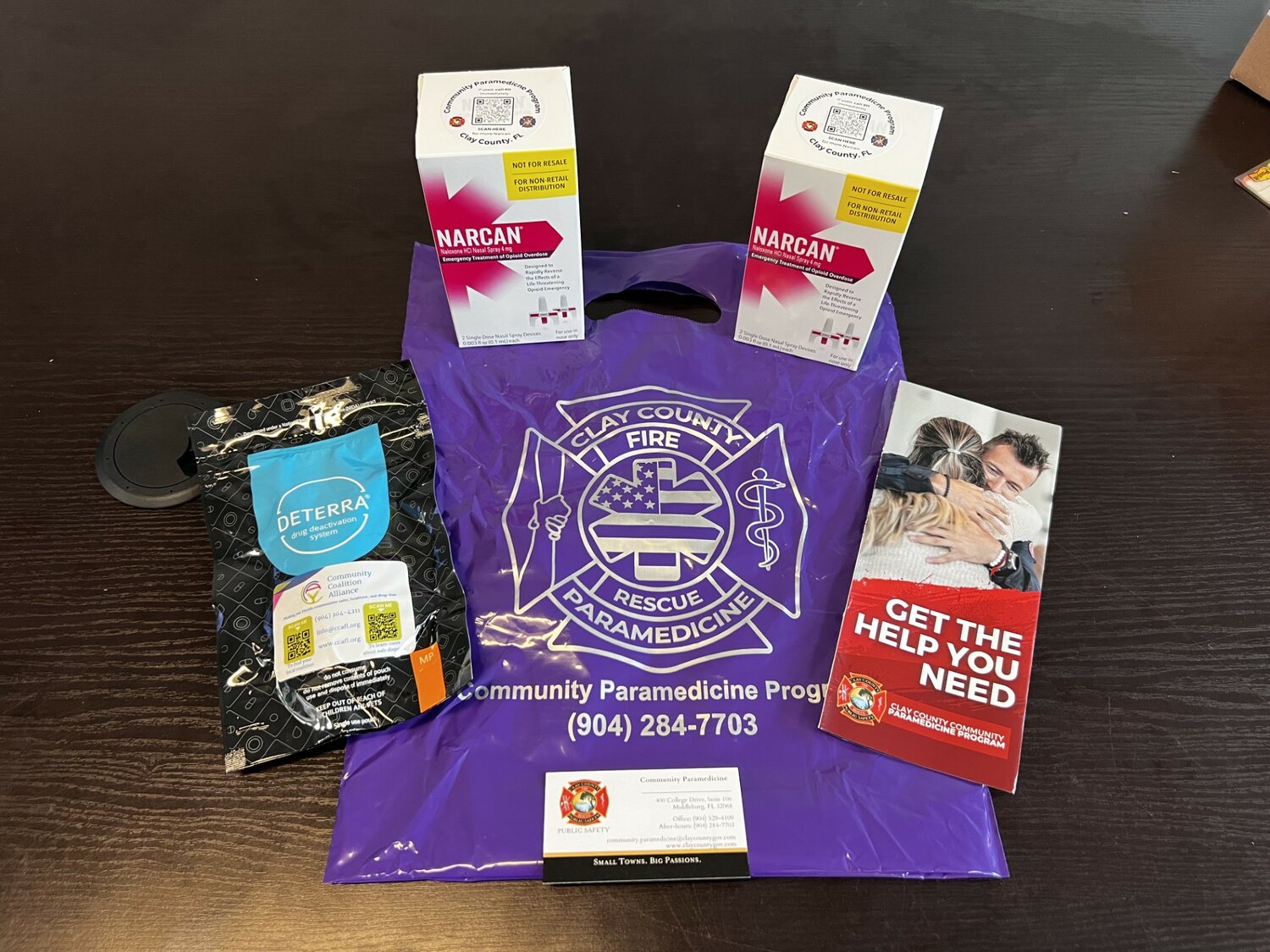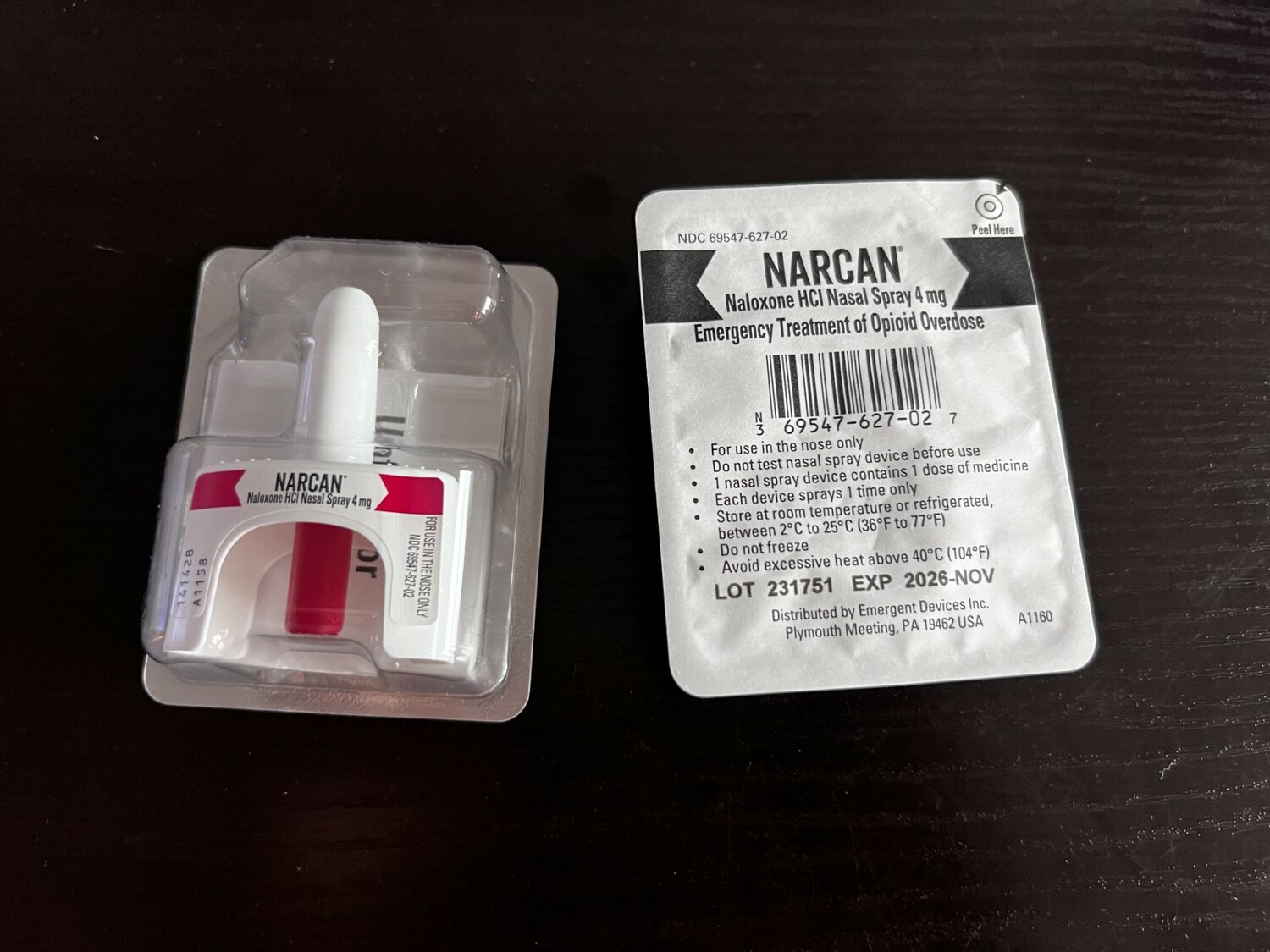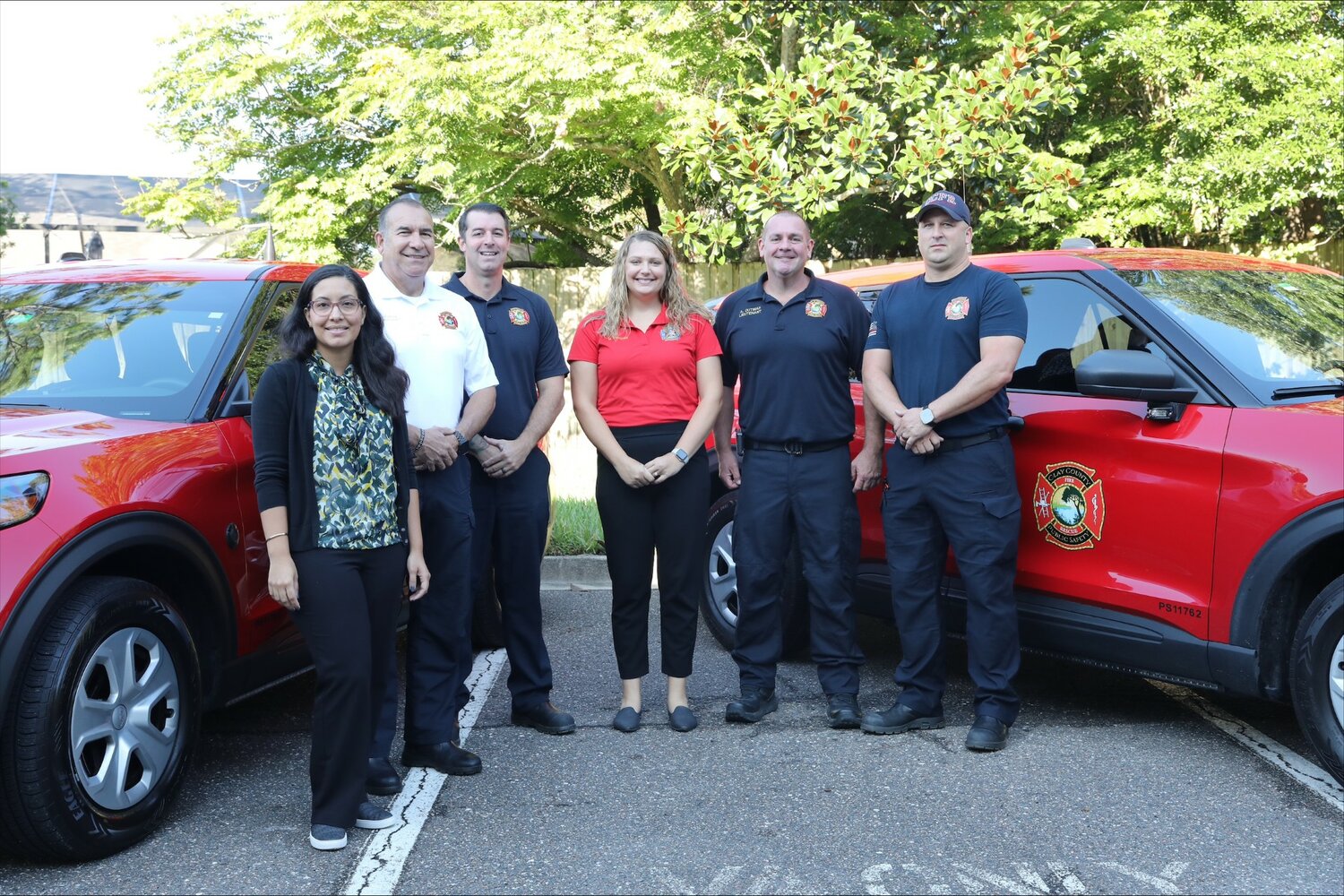A silent killer: Why fentanyl remains the greatest drug threat in nation, county
kyla@claytodayonline.com
CLAY COUNTY— What is fentanyl? It’s a powerful drug. One sugar packet is equivalent to 2,000 fatal doses. And, according to the United States Drug Enforcement Administration (DEA), it is …
This item is available in full to subscribers.
Attention subscribers
To continue reading, you will need to either log in to your subscriber account, below, or purchase a new subscription.
Please log in to continueDon't have an ID?Print subscribersIf you're a print subscriber, but do not yet have an online account, click here to create one. Non-subscribersClick here to see your options for subscribing. Single day passYou also have the option of purchasing 24 hours of access, for $1.00. Click here to purchase a single day pass. |
A silent killer: Why fentanyl remains the greatest drug threat in nation, county
CLAY COUNTY— What is fentanyl?
It’s a powerful drug. One sugar packet is equivalent to 2,000 fatal doses.
And, according to the United States Drug Enforcement Administration (DEA), it is considered the nation’s greatest and most urgent drug threat.
Fentanyl is approximately 100 times more potent than morphine and 50 times more potent than heroin, so the chances of becoming dependent on it are very high.
A synthetic opioid, the substance is commonly prescribed in the form of brands such as Duragesic, Abstral and Subsys — used as pain reliever tablets.
Opioid Response Coordinator for Clay Behavioral Health Center Glenn East said the heavy push for opioid pain relievers arrived back in the early 2000s with drugs such as OxyContin taking the forefront.
“There was a lot of push that a lot of these pain meds were safe,” East said. “And they were okay to take. And, now we know that that wasn’t exactly what the facts were. And, they were highly addictive.”
The power of addiction lies in the makeup of the drug. According to the Mayo Clinic, opioids slow down brain receptors and stimulate them to release endorphins, giving feelings of numbness and pleasure.
In recent years, fentanyl being sold as a "street drug" has become more rampant. Because such a small dosage has significant effects, fentanyl is also considered a cheaper drug option, making it a commodity.
According to the National Institute on Drug Abuse (NIDA), illegal fentanyl can be sold in the form of powder, counterfeit pills, eye droppers and nasal sprays.
East said that a lot of illicit drugs are made using pill presses. Which are beginning to be confiscated a lot more.
“They’re finding these pills coming across the border,” East said. “And, they’re not Adderall or whatever they think they might be.”
Overcoming addiction
The fight of addiction is a battle that is never easy. Opioid use disorders can stem from many reasons. Sometimes it’s genetic. Sometimes it begins as someone trying to relieve a simple headache.
East noted that a lot of opioid addictions are gradual. Individuals who are prescribed pain medication may not be aware that there are traces of fentanyl in them. Once a person comes down from the "high," East said, that’s when the use disorder can start. Just to obtain that feeling again, they will use it again. And again.
Eventually, the more a person uses, the more dependent they become on the drug making them feel "normal," It’s a vicious cycle.
“When you’re using an opioid, if you stop using it, it makes you sick,” East said. “That’s withdrawal.”
Additionally, lacing of over-the-counter medications is also a common cause.
“Sometimes it’s college kids, and somebody says, ‘Hey, I’ve got an Adderall, I’ve got a Prozac’ or whatever it might be,” East said. “And, they’re taking them because they can’t necessarily get a prescription. And, they’re getting hit with fentanyl not knowing.”
For Micheal Brown, it was a chance encounter. Back in 2016, he began working in HVAC when a coworker introduced him to opioids. Openly using around him, Brown said it took about three years before he eventually gave in.
Brown said he started with Roxicodone, an opioid also used for pain relief. But, it quickly became more.
“It started off with Roxies. After that, it snowballed. Within six months, I ended up a full-blown heroin and fentanyl addict,” Micheal said.
For three years, Micheal began lying, taking money from his family, even dipping into his and his wife’s savings, all to feed his addiction. He said he spent around $200 to $300 a day – what’s equivalent to obtaining about four grams of fentanyl daily.
According to the DEA, just two milligrams is considered a potentially fatal dose.
In many unsuccessful attempts to get sober, Micheal said it wasn’t until his family cornered him that he decided to enter a recovery program.
After just 30 days of being clean, Micheal said he relapsed. His family found him alone at a local gas station. He said if they didn’t see him when they did, he would’ve died.
“He was so far gone that his lips were blue, and the blood had left his head most of the way,” said his wife, Jessica Brown. “The doctor had to scream at him so that he could hear him.”
Following that incident, Micheal stayed sober for five months until his second relapse. At that point, Micheal said he wanted to end his life.
He had planned to overdose. After picking up two grams of fentanyl, he went to his recovery group for what he thought would be the last time.
“After much deliberation, they talked me into actually voluntarily baker [acting] myself,” Micheal said.
Soon after, Micheal went back to rehab.
“That’s the first time I truly prayed to God to take my addiction away,” Micheal said. “The first time I ever dropped to my knees and had a heartfelt prayer.”
From a young age, Robbie O’Steen said he has struggled with opioid addiction.
Around that time, he began going to pill mills and quickly obtaining a plethora of Roxicodones and Xanax bars. He said from there, it was a downward spiral.
“It went from there to in and out of relationships … family not wanting to deal with you because you're on drugs,” O’Steen said. “Stealing from your family, lying. Just ungodly things.”
After the pills were gone, O’Steen said he later turned to heroin and fentanyl.
Following the birth of his daughter, O’Steen made the decision to turn his life around. But he said he still struggles every day.
“If you don’t have an addiction or haven’t been through it, then you will not understand it,” O’Steen said. “It is just that cunning and that powerful.”
Fentanyl does kill
Since it is common for fentanyl to be mixed with other substances, instances of lacing and fatal overdoses are more likely to take place. And, they have.
The CDC estimated in 2023, almost 70% of overdose deaths in the United States were fentanyl-related.
Closer to home, of all the overdose deaths the Clay County Sheriff's Office has responded to so far this year, 69.6% of them were related to fentanyl, confirmed by autopsies.
A high school quarterback for Ridgeview High, Derek Hatcher was a Clay County rising star. When he got to college, his story was only just beginning.
As a football player at Charleston Southern University, Hatcher’s mother Debbie Rizer said he was initially in a really good place. Until several players began abusing prescribed pain pills. Additionally, some of his roommates were using drugs. Rizer said Hatcher unfortunately succumbed to the influences.
Rizer said her son eventually began turning to opioids and heroin. In 2013, Rizer got a call from the school informing her of Hatcher’s addiction.
“I said no way my kid doesn’t do drugs,” Rizer said. “And, they said no, your son’s getting kicked out of college. He’s using drugs, and you need to send him to rehab.”
At the time, she thought they were crazy. Nothing in her mind believed her son could ever be involved in something like that.
“I often use that conversation to let people know when you think your kid’s not the one you don’t know,” Rizer said. “So, it’s important to stay aware.”
Rizer said the son she knew changed right before her eyes.
“He lost all respect he had from the community from the family,” she said. “He had to go to drug court. He got arrested for trying to support his drug habit.”
In getting clean, Rizer said her son had witnessed all the places where he went wrong. In speaking to the youth about what he went through, he wanted to make an impact. He didn’t want anyone to repeat his mistakes.
In 2016, Hatcher reentered the vicious cycle. Getting one last chance at Weber University, Hatcher took it. But, two months later, Hatcher was found dead in his dorm room from a fentanyl overdose.
With the Derek Hatcher Foundation, Rizer said she hopes to continue sharing her son’s story and raise awareness about the dangers of substance abuse.
“Derek was my only child, and he’s not here to help,” Rizer said. “But there’s [others] out there that need help. So, I just opened up my heart and my mind and said, ‘Let's try to save the next family from going through what we went through.’”
Beating the crisis.
Naloxone, or Narcan, is a crucial piece of the puzzle. Bureau Chief of the Community Paramedicine Program, Jairo Herrera, said it is essential to familiarize yourself and how to use it.
As medicine that reverses the effects of opioid overdoses, Herrera said that it could save a life within minutes, even seconds, of overdosing.
It’s simple. Using the nasal spray, four milligrams of mist is sprayed into the person’s nostril. If the overdose isn’t reversed about three minutes later, another dose should be administered.
“If it is opioid-related, it will reverse the overdose,” Herrera said. “If it’s not opioid-related … it does not harm.”
Herrera said that, as of now, the paramedicine program has documented 159 reversals performed by the average resident. He said that's approximately one life saved every three days.
He predicts there is way more being done in the actual field.
“There’s probably double, about triple that number being reversed in the field. They just don’t call 911.”
With local Narcan kit distribution centers, educational classes and recovery programs and medication-assisted therapy on hand, Herrera said the county is doing its part to help stop the crisis.
The county has many programs and resources for those who need help.
Faith-based Nail It to the Cross Ministries, led by Tommy Johnson, is one of them.
As a 12-step addiction and recovery program, Johnson works to help those struggling with addiction.
Every Friday, O’Steen and Micheal meet with several others in a safe space to express whatever they may be going through.
To overcome addiction, they both said to stay the course and remember that surrounding yourself with the right crowd is vital.
Although silent, fentanyl has loud effects. And who knew a little pill could claim so many lives and change so many others?

